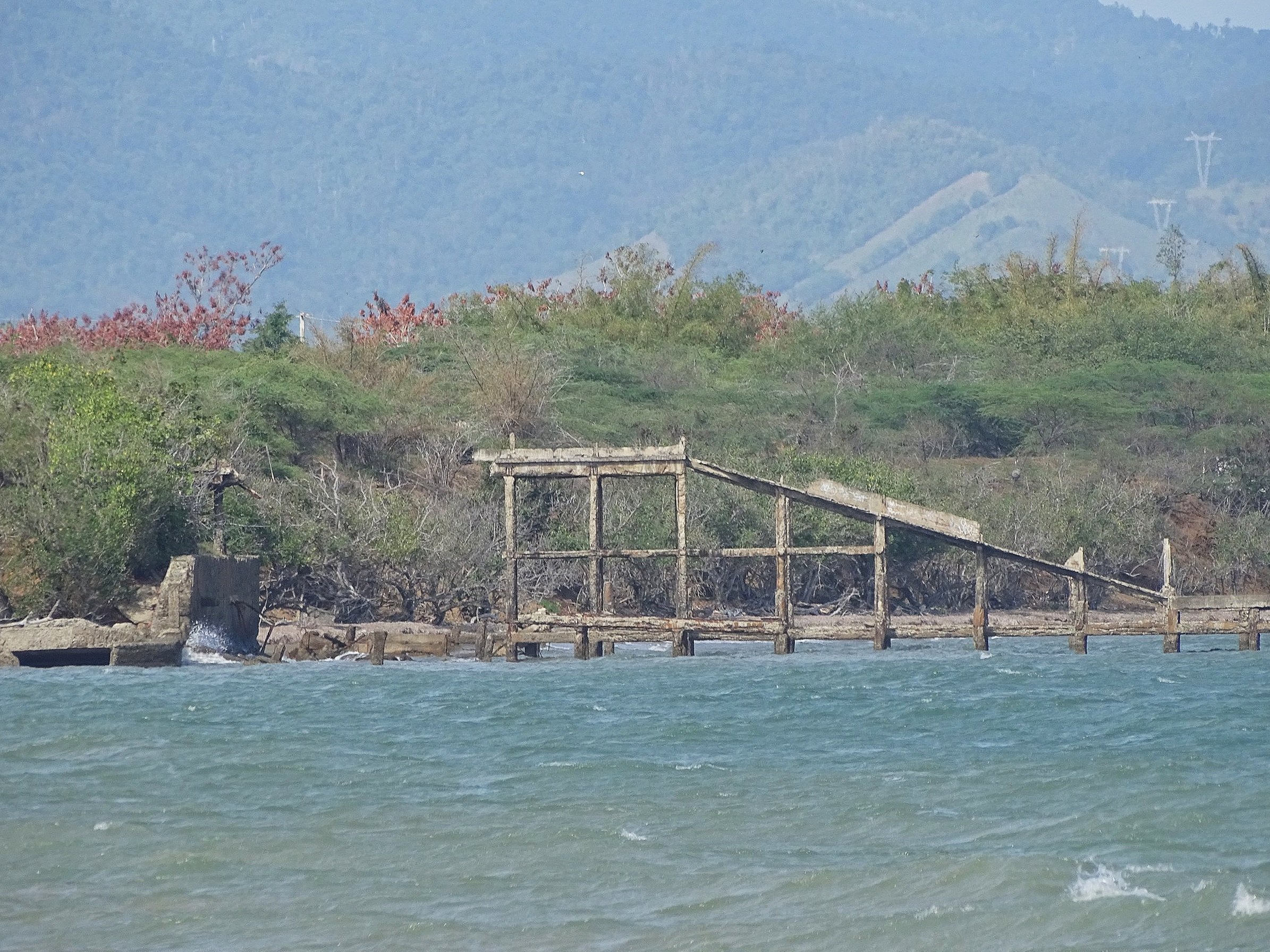
Algarrobo/Felicia - Guayama
The original name of Hacienda Algarrobo comes from its location in Barrio Algarrobo of Guayama. Its origin can be traced to Frenchman Jean Baptiste de Boyrié (1778-1845) who arrived in Puerto Rico ca. 1815 by virtue of the Royal Decree of Graces and promptly thereafter established it.
Jean Baptiste de Boyrié was born in French Sainte Domingue to plantation owner Jean Boyrié (1727- ) and Marie Suzanne Bernard (1755- ), a native of La Rochelle, France. In 1792 Suzanne and her three children Jean Baptiste, Marcelin and Aimée left French Sainte Domingue because of the civil unrest caused by the Haitian Revolution and returned to France. Jean Baptiste returned to Sainte Domingue but in 1802 had to leave again, this time for Baracoa, Guantanamo, Cuba due to the massacre of whites provoked by Gen. Charles LeClerc's expedition against Toussaint L'Overture.
While in Cuba, Jean Baptiste met and married Marie Félicie Remond (1803-1881) who also was among the colonists taking refuge. She was the widow of Jean Bernard Damaret who was shot in her presence in Sainte Domingue during the revolt of 1802. From this marriage was born Marie Félicie de Boyrié Remond (1803-1881). In 1808 Jean Baptiste, wife and daughter had to leave Cuba for New Orleans because of the expulsion of all French settlers from the Spanish colonies as a result of the Napoleonic Wars.
When King Charles III of Spain approved the Royal Decree of Graces of 1815, Jean Baptiste learned about the opportunities available in Puerto Rico where he arrived and on July 27, 1816 received his letter of domicile. He settled in Guayama and in 1817 acquired the one hundred fifty five acre Hacienda Algarrobo from Juan Banc for 1,400 pesos. He was still owner of the hacienda as evidenced by Gilberto Bermúdez Navedo in his book Desarrollo Económico de Guyama 1810-1855 which states that in 1841 Jean Baptiste de Boyrié opposed a proposal for a new road from Guayama to the Port of Arroyo offering instead to pay for ⅕ of the cost to build the two bridges the current road needed. On October 4, 1841 the Governor General did not approve the new road and agreed with de Boyrié’s proposal.
Jean Baptiste returned to Médoc, France near Bordeaux where he died in 1845. Hacienda Algarrobo was then renamed Hacienda Felicia by Jean Baptite's son-in-law Benjamin Clauzel Lepelleux (1794-1866) to honor his wife Marie Félicie. Benjamin also returned to live in France but his son François Félix Clauzel de Boyrie (1821-1886) stayed in Puerto Rico involved in the sugar manufacturing business.
Neither Hacienda Algarrobo nor Hacienda Felicia are listed in the 1902 book Biografia de las Riquezas de Puerto Rico by José Ferreras Pagán. This suggests they were not operating as independent entities at the time, however, in February 1906 a permission for water rights for irrigation purposes was granted to Clauzell & Verges, owner of the two hundred forty eight cuerdas Hacienda Felicia, to use waters from the brook Creo which formed one of its boundaries.
Its ownership in 1906 by Clauzell & Verges evidenced by the water right granted that year, suggests that Hacienda Felicia was then part of or a colono of the recently established Central Machete in which they had ownership interest. Clauzel & Vergés sold Hacienda Felicia in 1927 to Genaro Cautiño Insua (1882-1946) who integrated it to his Central Guamaní, established in 1930.
Hacienda Algarrobo was located close to the sea shore and next to the city limits with the town of Arroyo. It is reasonable to believe that the brook Creo mentioned above is what is identified in Google Maps today as Quebrada Corazón. In addition to the remains of the pier used to load sugar in vessels for export, it appears there may be some remains of the old sugar factory inland from the pier. The aerial photograph below of what remains of the pier was taken by Carlos Alemán in 2015.
